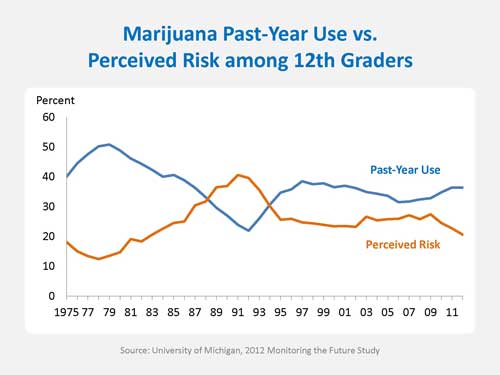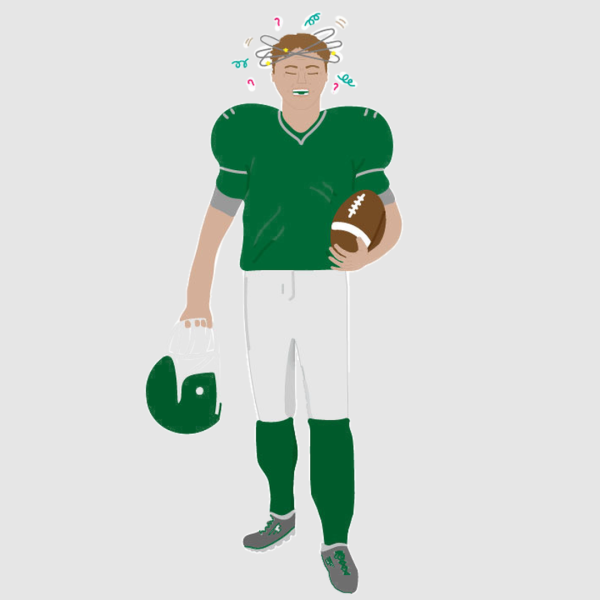What happens to high students
For some, coming to school high is an unimaginable taboo. For others, it is a regular occurrence.
Red eyes, lethargy and apathy are just a few indicators teachers use to determine whether or not a student is on any drug.
“I can tell usually by looking at their pupils and noticing behavior that’s different from normal,” gym teacher Nancy Hopkins said. “They don’t really care about what’s going on in class… I have an active class, and they don’t want to be active.”
Teachers are required to report any suspicion of intoxication. Following policy, they must contact school nurse Paula Hatcher and give her the name of the suspected student.
“It usually makes them get really paranoid when I send them to the nurse,” Spanish teacher Paul Rosen said.
Nurses are not allowed to search students for actual substances, so they have different methods of determining whether a student is under the influence. Hatcher most often conducts the Kansas Highway Patrol Field Sobriety test.
One section of the sobriety test is comprised of simple exercises like walking nine steps in a straight line, standing on one foot, counting backward and following movement with their eyes. When someone has ingested marijuana, they get nystagmus when their eyes are raised high. Another portion of the test observes vital signs like pulse, temperature, and breathing. Eye and face exams are also included. A small part of the Kansas Highway Patrol Field Sobriety test addresses qualitative observations like behavior, with “normal, depressed, euphoric, excited, drowsiness, anxiety, paranoia, relaxed, and other____” as categorizing emotions.
In contrast, the USD 497 drug and alcohol impairment assessment, which is used as a supplement to the KS Highway Patrol test, focuses almost completely on opinion observations. For example, “thought process” has “focused, wandering, paranoia, delusions, hallucinations, euphoria, despondent and defensive” as options.
Since there is no absolute way to tell if a student is impaired, Hatcher cannot definitively tell an administrator a student is high.
“I just get the information, put it on the sheet and give it to the administrator,” Hatcher said. “That’s ultimately where the information goes, and then it’s their call.”
The administrators then call the offender’s parents, and set up a meeting to discuss their next plan of action.
Hatcher says if the students are under the influence, they act very upset and nervous and want to know who reported them. However, Hatcher does not share those details.
“Because they’re impaired, it really doesn’t matter where we get the information,” Hatcher said, “the information is to keep them safe and not have them out driving or anything else.”
Hatcher says helping the student is a collaborative effort, involving the police, administration and parents.
Your donation will support the student journalists of Lawrence Free State High School. Your contribution will allow us to purchase equipment and cover our annual website hosting costs.







